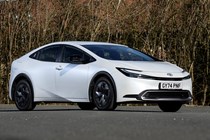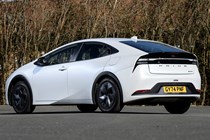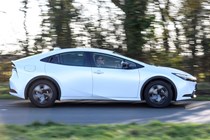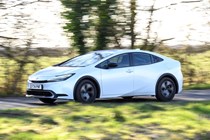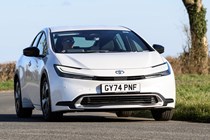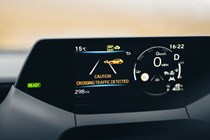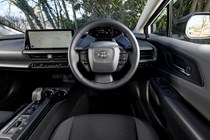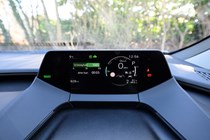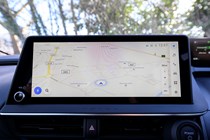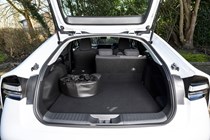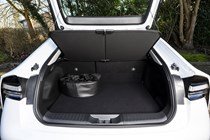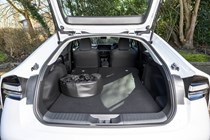Toyota Prius Plug In review: No longer just for Uber drivers
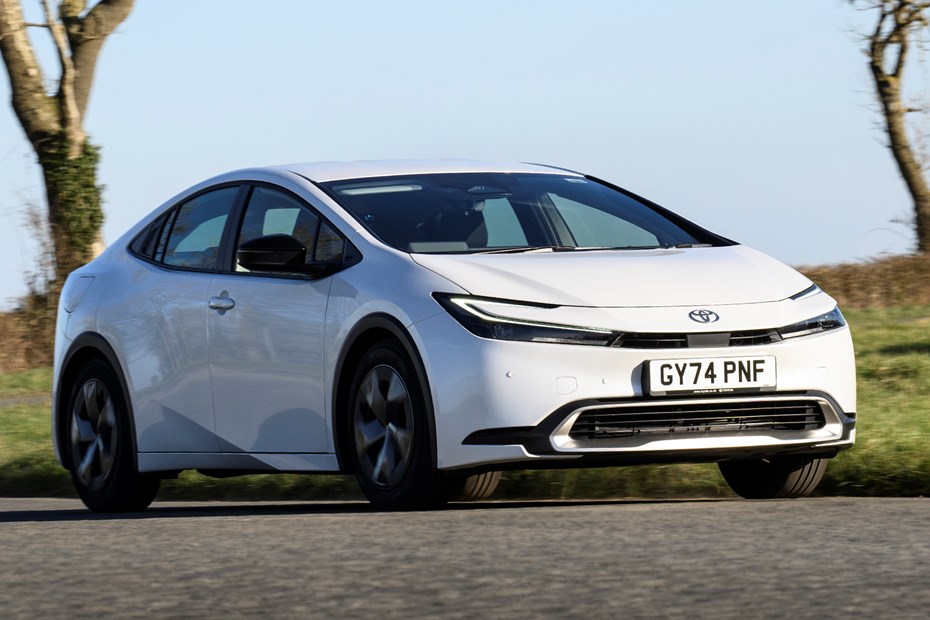
At a glance
| Price new | £37,895 - £40,545 |
|---|---|
| Used prices | £27,408 - £35,090 |
| Road tax cost | £195 - £620 |
| Insurance group | 31 |
Get an insurance quote with

|
|
| Fuel economy | Not tested to latest standards |
| Number of doors | 5 |
| View full specs for a specific version | |
Available fuel types
Hybrid
Pros & cons
- Effortlessly smooth performance
- Excellent efficiency
- Stands out from the crowd
- Interior lacks design flair
- Small model range
- Only plug-in hybrid offered
Toyota Prius Plug-in rivals
Overview
Should you buy a Toyota Prius Plug In?
Yes, if you’re after something different, and can move on from the old car’s Uber image. The fifth-generation Prius Plug In might not be as practical as its predecessor, or more accommodating rivals, such as the Skoda Octavia, but we’re happy to trade a bit of space for some genuine desirability.
More importantly, it offers an interesting choice in a family car market that’s reliable, dependable and available with up to 10 years of warranty cover if you keep it in the dealer network. During our extended test of it, our team has come to appreciate its quiet appeal, with the caveat that it’s not a particularly exciting drive – not really a priority for many in this market sector.
The positives easily outweigh this negative. It looks great inside and out, is good to drive, is impressively economical even when not plugged in and even surprisingly quick off the blocks. The most outstanding aspect of this car is its refinement, though, with low noise levels and a relaxing demeanor, which makes this the perfect long-distance cruiser.
What’s new?
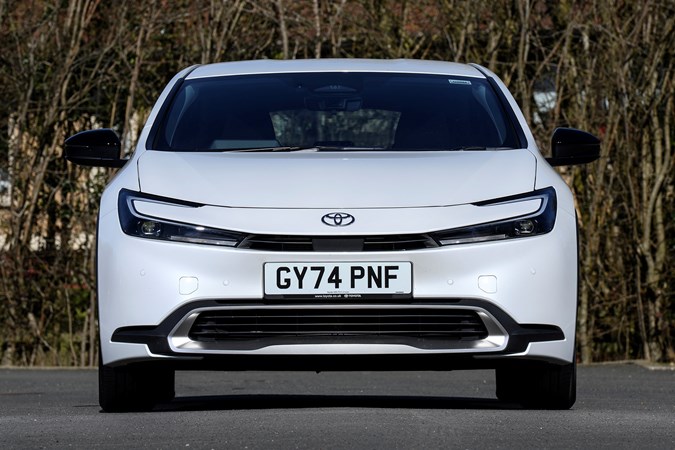
The Toyota Prius Plug In was launched in Europe in 2024, and wasn’t originally destined for these shores with the firm concluding that British retail buyers wanted SUVs, while cab drivers were well served with the Corolla Touring Sports. But the firm had a change of heart, deciding to offer the striking-looking Prius in fifth-generation form in the UK, introducing it here in early 2025 to become one the best hybrid cars.
If a car’s desirability is based solely on its looks, the Prius is already a winner. The shape is clean and sleek, and large 19-inch wheels and a stretched wheelbase to give it a futuristic stance that’s a million miles away from the boxy SUVs that it could be sharing shopping lists with. Even more obvious plug-in hybrid hatchback rivals such as the Peugeot 308, Skoda Octavia, Vauxhall Astra and Volkswagen Golf are boxier and more boring to look at.
Once again, the Prius is a pioneer for Toyota, being the firm’s first car to be underpinned by the second iteration of the Toyota New Global Architecture (TNGA), shared with the latest C-HR SUV. There’s only one powertrain option, and it benefits from Toyota’s third generation plug-in hybrid system, which offers a hefty 13.6kWh battery capacity and a claimed 53-mile battery range.
We’ve driven the Prius in Europe and the UK on an extended basis over thousands of miles, on 17- and 19-inch wheels, and on a number of challenging roads. You can find out more about how we test cars at Parkers on its own explainer page.
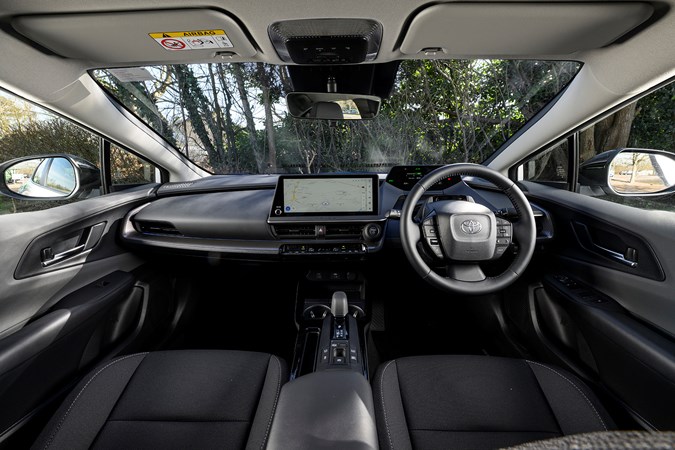
What’s it like inside?
With the price heading towards £40k before options, it’s good to see interior quality has been improved for the new Toyota Prius compared with the last one. There’s a good mix of soft-touch materials in the places you’ll touch regularly, interestingly textured hard plastics where you look regularly, and only the lower reaches of the cabin gets the black scratchy elephant skin. Sadly, it lacks the visual flair of its striking exterior.
Most functions are taken care of by a large, responsive and sharp 12.3-inch touchscreen infotainment system, although we’re pleased to see physical controls on the dash and steering wheel. A big digital display is perched high on the dash in Peugeot iCockpit style for speed, hybrid info and everything else a driver might want. It’s sharp and easy to control via the steering wheel while its positioning keeps your eyes closer to the road.
Space up front is unlikely to be an issue, partially because you’re sat so much lower than before. Legroom in the back is fine for a car of this size, with the roofline predictably limiting rear headroom. The bootspace is also lacking, with a seats-up capacity of 284 litres, which doesn’t look too bad compared with 273 for the Volkswagen Golf PHEV, but not so strong alongside the 490 litres for the Skoda Octavia iV.
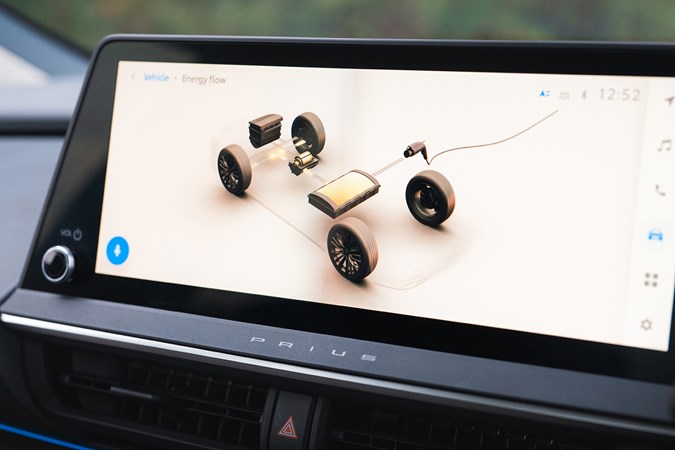
Comfort
The Toyota Prius’s seats offered decent support and comfort for most of our test team, ranging in height between 5ft3in and 6ft3in. If you’re in a model with manual – and not electrically-adjusted – seats, be aware that fine adjustments on the move are not that easy. Another factor worth noting is that the low roofline can make getting in or out a bit of a head-banging exercise.
One of our testers reported that he suffered back pain after driving it, and we’d say that it doesn’t have as much lumbar support for lower backs than some of its rivals. Best take an extended drive before buying. Otherwise, there’s little to criticise on that score.
Toyota Prius Plug In motors and batteries
The headline here is that overall power is up by an eyebrow raising 100hp, for a total system output of 223hp (152hp for the 2.0-litre engine and 163hp for the motor). This means a 0-62mph time of a sprightly 6.8 seconds.
That new battery is 50% denser than the old car’s lower capacity pack using fewer cells – meaning it takes up less space. It takes a rather sluggish four-hour recharge thanks to a slow 3.3kW maximum charge rate. This is off the pace, considering an increasing number of rival PHEVs are now offering CCS charging. It’s the biggest downside of what is otherwise an excellent hybrid drivetrain.
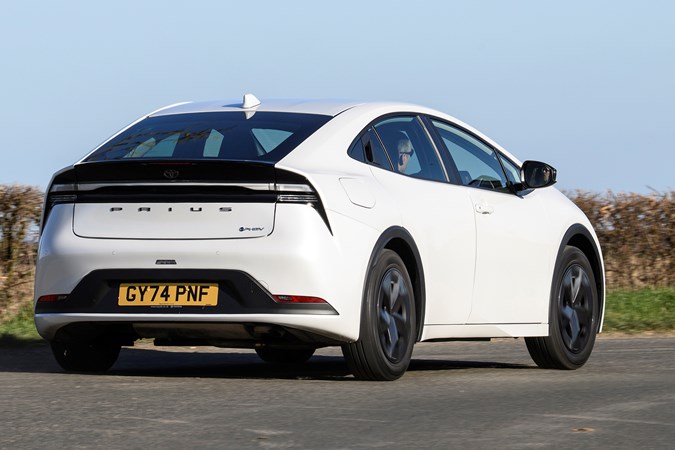
What’s it like to drive?
Very well indeed, with the dominant impression being one of refinement. If you’re expecting instant EV-style acceleration, you might be mildly disappointed. Instead, recalibrate yourself to a more linear, gentle experience that builds up and successfully disguises rapid acceleration. Once the engine’s wound up, the Prius is pleasingly brisk and a far cry from its predecessor’s near 10-second 0-62mph time.
The Prius Plug In is blessed with direct, precise steering that makes stringing together a few corners a far more pleasant experience. Just don’t expect much road feel. Just like the excellent Corolla and C-HR, it puts in a poised performance. There isn’t much bodyroll even when you’re cornering quickly, so a B-road blast isn’t the pointless exercise you might expect.
It even sounds less annoying than before. In most situations the engine’s note will still be rising slightly by the time you’ve finished accelerating, and it sounds a little rortier than before, but you don’t get the unnatural mooing that annoyed us so much about older Toyotas. Hitting motorway speeds from a standstill as quickly as possible will get the engine holding revs unnaturally as before, but we can live with that, and it can be undone by a quick tickle of the accelerator pedal.
The larger 19-inch wheels fitted as standard to the Excel model, and a more handling oriented setup, does mean it’s firmer than before, if not uncomfortably so thanks to supple damping. The good news is that it deals with the worst that the UK road network can throw at it, with mid-corner potholes felt and heard, but certainly not throwing you off-course.
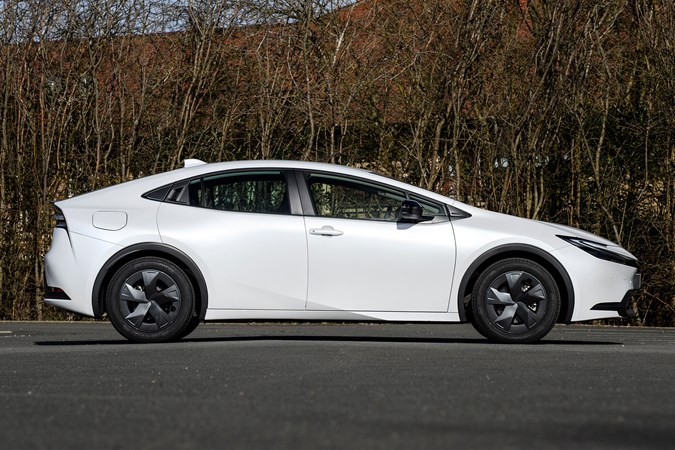
Ownership costs and reliability
The official WLTP figures show the latest Toyota Prius Plug In is capable of returning up to 353.1mpg, with CO2 emissions as low as 12g/km when fully charged and driven efficiently. Of course, that’s under ideal conditions, with it constantly plugged in – in our long-term test, we averaged closer to 70mpg over six months of driving, still impressive for a plug-in hybrid family car. Also highly relevant is that even when not plugged in, it’s easy to return more than 60mpg.
Service intervals are every year or 10,000 miles, whichever comes first. Toyota offers service plans to help spread the cost of maintenance, and the Prius is covered by the brand’s standard three-year, 60,000-mile warranty. Owners who keep up Toyota servicing can extend warranty cover up to 10 years or 100,000 miles under the Toyota Relax programme, introduced in 2021.
Toyota hybrids have an excellent reputation for reliability, and the Prius looks set to continue that trend. We had no mechanical issues during our long-term test, and the car feels solidly built and refined. Battery replacement outside of warranty can be expensive, but Toyota’s hybrid systems are generally robust – we know of previous-generation Prius owners running cars with 200,000-plus miles on their original packs.
What models and trims are available?
Two trim levels, Design and Excel, are offered with just the one powertrain. Both models are well equipped, with the entry-level Design coming with LED headlights, keyless entry and starting, Toyota’s Smart Connect infotainment system, dual-zone climate control and front and rear parking sensors.
The Excel builds on this by adding a leather interior for a more upmarket feel, larger 19-inch alloy wheels that give the Prius a sportier stance, and heated and ventilated front seats for extra comfort in all seasons. It’s a worthwhile upgrade if you’d like a few more luxuries in your Prius. All models currently cost less than £40,000, meaning they don’t count for luxury car tax.
Click through to the next page to see our team’s fundings in an extended six-month test, along with our 10-point ratings, and what we like – and don’t – about the Toyota Prius Plug In.



